Squeaky leather seats are the worst. You mind your own business, enjoying a nice ride, and then suddenly you’re interrupted by an annoying sound that won’t stop. But don’t worry, there’s a way to fix it! Check out this article to learn how to stop leather seats from squeaking.
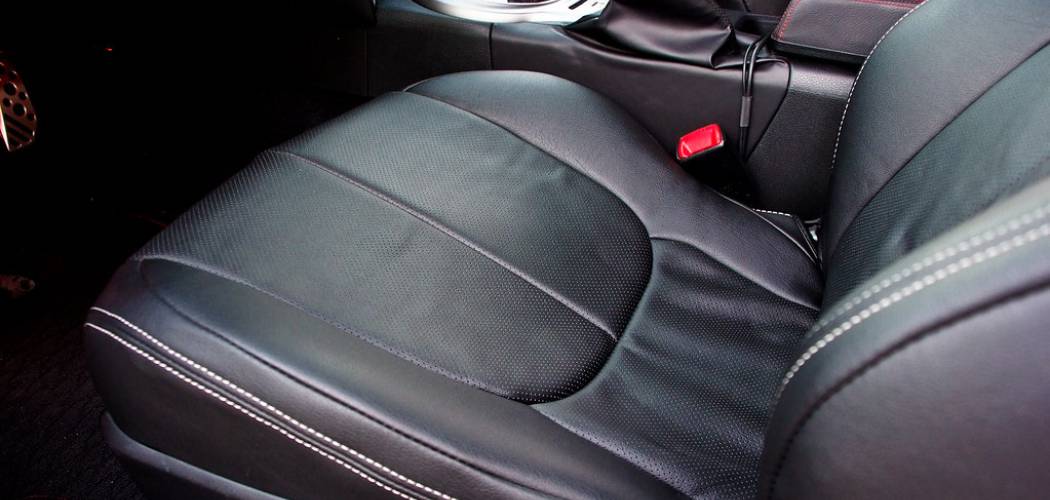
Leather seats can start to squeak for a variety of reasons. Maybe the leather has been stretched too much, the seams have come apart, or the foam underneath has become brittle and worn. In any case, it’s essential to take care of the problem as soon as possible, or else the noise will get worse and worse. When it comes to stopping leather seats from squeaking, you can try a few different methods.
Why Do Leather Seats Squeak?
There can be various reasons why do leather seats squeak. Therefore, it is essential to identify the root cause of the problem to be fixed properly. Some of the most common reasons are:
– Improper Maintenance:
One of the main reasons leather seats squeak is that they are not being properly maintained. If the leather is not regularly cleaned and conditioned, it will start to crack and squeak.
– Damaged Leather:
If the leather on your seats is damaged, it will also squeak. This is because the damage will create tiny openings in the leather that will allow air and dust to get in, which will make the seats sound louder when you move around in them.
– Old Seats:
If you have an older car, the seats may start to squeak simply because they are old and worn out. Over time, the leather will become more brittle and less flexible, which will cause it to make noise when you sit in it.
– Faulty Mechanism:
Sometimes the mechanism that holds the leather seat in place can start to malfunction, which will cause the seat to move around and make noise.
– Loose Screws or Nails:
Any loose screws or nails in the seat frame can cause the leather to rub against each other and create a squeaking sound.
How to Stop Leather Seats From Squeaking Detailed Guide
Method 1: Use Lubricant
One way to stop leather seats from squeaking is to apply a lubricant. Lubricants work by filling in the cracks and crevices in the leather, which will help to reduce the amount of friction between the surfaces. This, in turn, will stop the squeaking from happening. There are a few different types of lubricants that you can use, and it is essential to choose one specifically designed for leather. You can find this type of lubricant at your local automotive store.
What You’ll Need:
- Leather lubricant
- Paper towel
To apply the leather lubricant, you will need to clean the surface of the leather seats first. Once they are clean, apply a small amount of lubricant to each squeaky spot. Finally, allow the lubricant to dry completely before using the seats. This is a crucial method in how to stop leather seats from squeaking.

Method 2: Tighten Loose Screws
If you can identify the loose screws, you can try to tighten them yourself. However, use caution when doing this, as you could damage the leather if you are not careful. If you are not comfortable with this method, take your car to a professional.
What You’ll Need:
- Phillips head screwdriver
- Flathead screwdriver
Look for screws that are loose on the seat. There may be more than one, so take your time and inspect the entire seat. Use a Phillips head screwdriver to tighten the screws. Be careful not to over-tighten them, as you could damage the leather. If the screws are difficult to reach, use a flathead screwdriver to help you.
Once the screws are tightened, check the seat for any further squeaking. If it still squeaks, you may need to repeat this process.
Method 3: Apply a Patch
If the leather on your seats is damaged, you can try to apply a patch. This will help cover up the damage and stop the air and dust from getting in. You can find leather patches at your local automotive store.
What You’ll Need:
- Leather patch
- Glue
- Scissors
- Paper towel
First, clean the surface of the leather seats with a paper towel and some rubbing alcohol. Allow it to dry completely. Next, cut out a piece of the leather patch slightly larger than the damage. Apply a thin layer of glue to the back of the patch and place it over the damage. Rub it in with your fingers to make sure that it sticks properly. Let the glue dry completely.
Method 4: Use Talcum Powder
Talcum powder is one of the oldest tricks in the book for stopping leather seats from squeaking. It helps create a thin barrier between the seat and the person sitting on it, which eliminates the noise.
What You’ll Need:
- Talcum powder
- Soft cloth
- Vacuum cleaner (optional)
Sprinkle a small amount of talcum powder over the entire seat. Use a soft cloth to rub it in until it is completely absorbed. If desired, you can vacuum the seat to remove any excess powder.
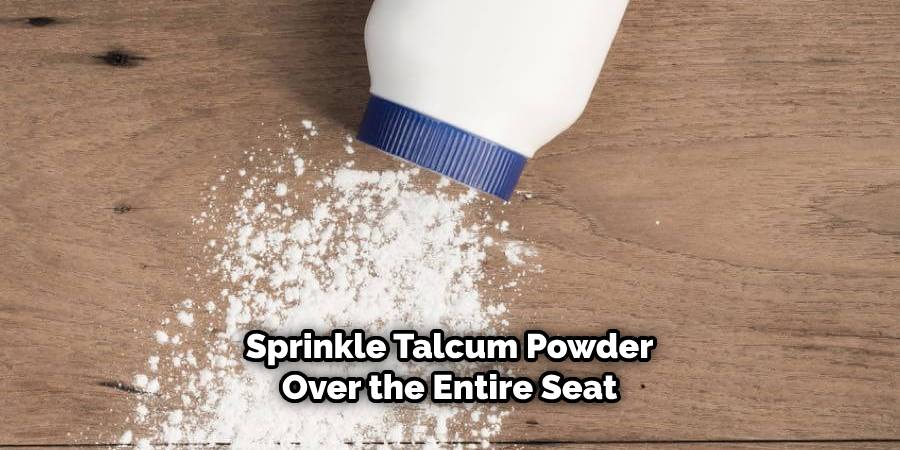
The talcum powder will help stop the leather seats from squeaking, but it will also protect them from wear and tear. Therefore, it is good to apply talcum powder every few months to keep them in good condition.
Method 5: Stuff a Cloth Between Seat Back and Pad
This is an easy method, and it usually works. First, find a thin cloth, such as a handkerchief or T-shirt. Fold the fabric until it is about the size of a paperback book. Then, slide the material between the seat back and the cushion pad. You can use a safety pin to hold the cloth in place. If the seat squeaks when you move around, try tapping on the fabric with your fingers. This will help to quiet the noise.
Method 6: Replace the Seat
If you have an older car with worn-out seats, you may need to replace them. This is a more costly option, but it will solve the squeaking problem once and for all. You can find new leather seats at your local automotive store.
What You’ll Need:
- Replacement seat
- Phillips head screwdriver
- Flathead screwdriver
Using a Phillips head screwdriver, take out the screws that hold the old seat in place. If any screws are difficult to reach, use a flathead screwdriver to help you. Carefully remove the old seat. If any wires or cables are attached to the old seat, disconnect them before removing them. Attach the new seat in the same place as the old one and re-attach the screws. Test the seat to make sure that it is appropriately secured.
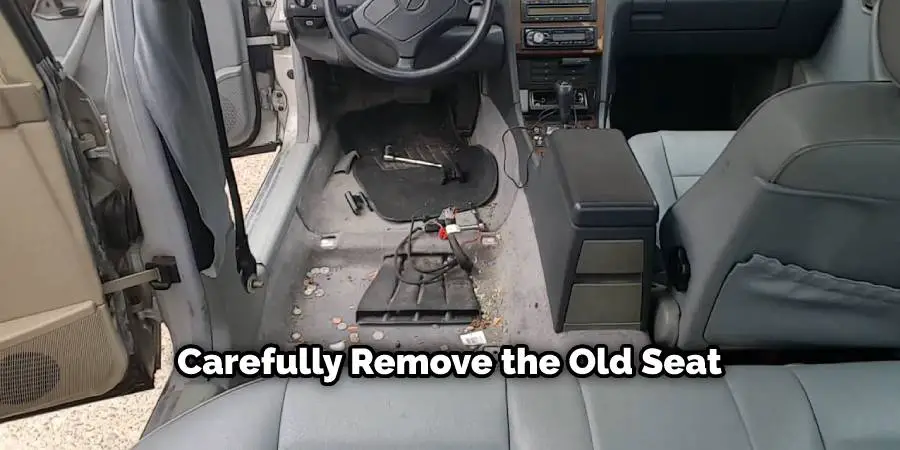
Squeaky leather seats can be annoying and frustrating, but you can stop them from happening with these methods. Try one or a few of these methods until you find one that works best for you. If you have tried all of these methods and the leather seats in your car are still squeaking, it may be time to take it to a professional. They will be able to identify the source of the problem and fix it for you.
Warnings
There are some things that you should avoid doing if you want to stop leather seats from squeaking:
- Don’t use too much lubricant: If you use too much lubricant, it can end up seeping into the cracks of the leather and causing it to become discolored.
- Don’t use a harsh cleaner: If your seats are dirty, don’t try to clean them with a powerful cleaner. This can damage the leather and make the squeaking worse. Instead, try using a mild soap and water solution.
- Don’t use materials that will scratch the leather: Some materials, like sandpaper or scouring pads, can scratch the surface of the leather and make the problem worse. Avoid using these materials if you want to stop the seats from squeaking.
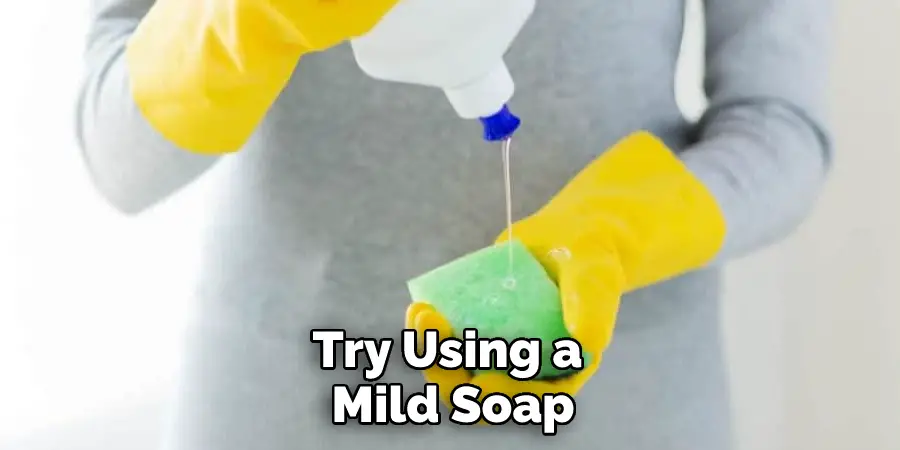
Why Does My Car Squeak When I Sit Down?
Leather car seats can be a luxurious upgrade to your driving experience. However, if they’re not correctly cared for, they can start to squeak after a while. This can be annoying and make it difficult to concentrate on the road. Luckily, you can do a few things to stop leather seats from squeaking.
One of the most important things you can do is keep your leather seats clean and conditioned. Use a quality leather cleaner and conditioner specifically designed for car seats. Regular cleaning and conditioning will help keep your leather seats looking good and prevent them from squeaking.
Another thing you can do is apply a coat of beeswax to your leather seats. Beeswax will help protect your leather seats from moisture and minor scratches, and it will also help prevent them from squeaking. Be sure to apply a thin coat of beeswax and let it dry completely before driving.
If your leather seats are already squeaking, you can try using a silicone-based lubricant to fix the problem. First, apply a small amount of lubricant to the affected area and rub it with a cloth. This will help to reduce the friction between the leather and the seat frame, which should stop the seat from squeaking.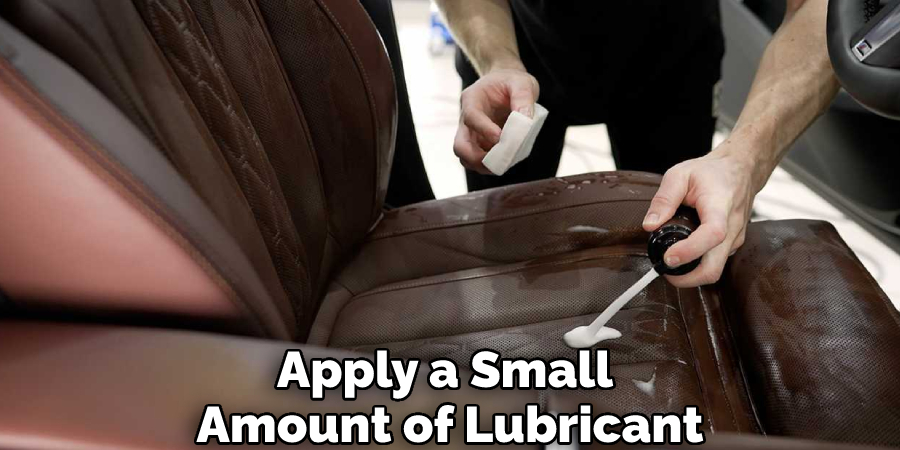
Frequently Asked Questions
What Causes Leather to Squeak?
Leather can squeak for a variety of reasons. The most common cause is a dry and tight leather condition. This can be caused by a variety of factors, including excessive shoe wear, abuse, improper storage, and inadequate conditioning. Other causes of leather squeaking can include moisture, oil, fat, and grit build-up. In any case, if you’re experiencing squeaking in your shoes, it’s best to take them to a cobbler to have the condition corrected.
Why Does My Leather Saddle Squeak?
There are a few things that can cause your leather saddle to squeak, including water spots, dryness, and friction. Water spots may form on the surface of the saddle after rain or snowfall because they attract moisture and create a slippery surface. Dryness can occur if you don’t regularly groom your horse’s coat or use humidifiers in their stalls. Friction is caused by clothing against the horse’s skin, which rubs together and produces noise over time.
To prevent squeaking from happening, it is important to clean your saddle as soon as possible after riding (especially if it rains) and check for signs of wetness or excessive wear. If problems persist despite careful grooming and conditioning, then you may need to replace your saddle.
Why Are My Car Seats Squeaking?
There are many possible causes for squeaking car seats, and in most cases, the solution is simple. If you’re encountering repeated squeaks, it’s usually because something is rubbing against the seat or frame. To fix this issue, try to adjust the position of your child in their seat regularly or replace worn parts on the seat. Additionally, make sure that your car seats are properly installed and aligned with your vehicle’s safety features (such as airbags). Finally, dry out any wet areas on the seat using a cloth or vacuum cleaner.
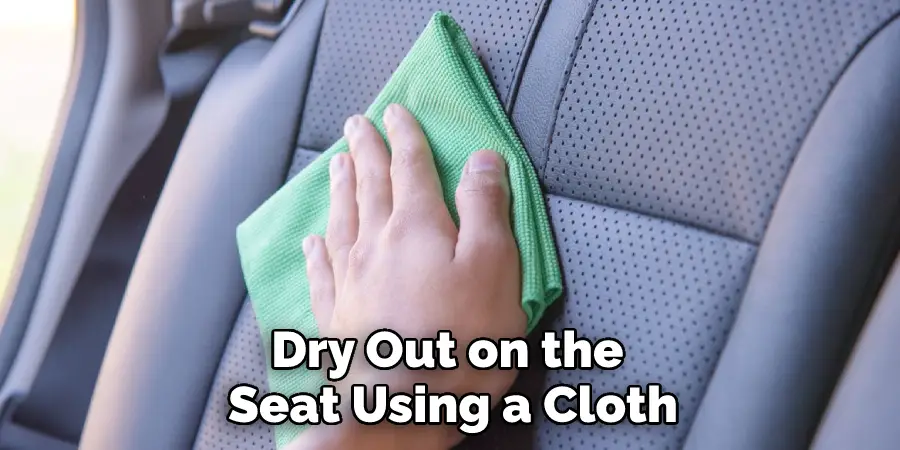
Does Good Leather Squeak?
Good leather should not squeak when you walk on it, but if it does, there are a few things that you can do to minimize the noise. First, make sure that your shoes are properly fitted and sized. Second, use a cream or oil to condition the surface of your shoes every time you wear them. This will increase their lifespan and reduce the chance of squeaks. Third, occasionally apply mink oil or another natural lubricant to areas where the leather is especially dry or hard.
Conclusion
Leather seats are a luxurious addition to any car, but they can often be noisy. In this post, we outlined how to stop leather seats from squeaking. There are a few different methods to stop leather seats from squeaking, and we discussed each of them in detail. Of course, which method you choose will depend on the severity of the squeak and the materials available. We hope this post helps keep your leather seats quiet and comfortable!
You may also read – How to get sunscreen off leather seats.

